Despite political theatrics and rising bond yields, equity markets continue to climb. But beneath the surface, a quiet reordering is underway—from central bank messaging to China trade diplomacy, from wage inflation to the slow bleed of German industrial might. Here are the six most important developments shaping the economic backdrop this week.
Markets keep climbing, but the air is getting thinner
It’s a strange kind of optimism gripping equity markets. The MSCI World Index closed at an all-time high last Friday, brushing aside a sharp 11 basis point rise in the US 10-year Treasury yield to 4.51%. The S&P 500 and Nasdaq each added over 1% on the day, buoyed by another round of optimism over US-China trade diplomacy and fading fears of an economic hard stop.
That optimism is fending off noise, from Donald Trump’s calls for a full percentage point rate cut, to his not-so-veiled hints at replacing Jerome Powell at the Fed. Even Friday’s blowout with Elon Musk—a theatrical feud that included calls for impeachment and resurfaced Epstein rumours—did little to shake investor confidence. Asian markets followed suit on Monday, with Nikkei and Hang Seng posting gains. For now, the mood remains risk-on. But it’s a rally running uphill, with more than a little fog on the trail.
The Fed may pause, but the job market isn’t falling apart
Friday’s jobs report did little to resolve the inflation-versus-growth debate. The US added 139,000 jobs in May, down from a revised 147,000 in April. Wage growth came in at 3.9% and unemployment held at 4.2%. Soft, but not alarming. The Atlanta Fed’s spider chart of 16 labour indicators shows a weakening or flat trend across the board compared to a year ago.
That gives the Fed cover to keep rates where they are for now. Markets are pricing in around 40 to 45 basis points of cuts by year-end—far less than Trump’s rocket-fuel demand. The question is whether this gradual softening represents a benign cooling or something more fragile. So far, no cracks. Just slower heat.
US-China talks resume, rare earths and trade war anxieties return
Washington and Beijing are back at the table. A high-level meeting in London this week follows a 90-minute call between Xi Jinping and Donald Trump, which reportedly led to a breakthrough on Chinese rare earth exports. With the current trade détente set to expire 12 August, stakes are rising fast.
The US is pushing for concrete commitments on export licences amid growing alarm from the auto industry over magnet shortages. Meanwhile, China is bristling at US tech export controls. Both sides are trying to avoid escalation, but the window is closing. Notably, China also pledged to accelerate rare earth shipments to the EU over the weekend—a subtle play in the wider geopolitical chessboard.
Europe’s central banks shift tone as inflation moderates
Last week’s 25 basis point cut from the ECB may have been the last in this cycle. The deposit rate now sits at 2%, and even the bloc’s dovish policymakers are signalling a halt. Greece’s Stournaras called the bar for further easing “high.” Croatia’s Vujcic was more blunt: “We’re nearly done.”
President Lagarde claimed the ECB is now in a “well-calibrated” position to hit its inflation targets. But hawks like Isabel Schnabel warn that rising trade tensions could inject fresh inflation through supply shocks—especially if US tariffs proliferate. Deutsche Bank sees rates rising back toward 2.5–2.75% by 2028 as fiscal policy, particularly on defence and infrastructure, plays a larger role.
The UK outlook may be better than it looks—if you ignore the PMIs
The Bank of England is facing criticism for potentially underestimating the resilience of the UK economy. Governor Andrew Bailey has leaned on recent PMI softness, but critics argue the measure skews sentiment-heavy and misses key parts of the economy like retail and government activity.
Data from Incomes Data Research showed median private sector pay up 3.4% in April, with 11% of employers offering raises above 6%, reflecting the national minimum wage hike. The BoE expects wage growth to moderate toward 3% over the next year—consistent with inflation goals—but recent stickiness keeps rate-cutters cautious. Policymaker Megan Greene noted the economy has barely grown in nine months, though she expects consumption to pick up soon.
Germany’s growth hopes fade as trade tension weighs
The Bundesbank’s latest forecasts delivered a sobering verdict: stagnation in 2025, followed by a meagre 0.7% growth in 2026. That’s below estimates from both Berlin and Brussels. The blame lies squarely with US tariffs, which are exacerbating Germany’s structural challenges: high energy prices, weak industrial competitiveness, and faltering demand for EVs.
Bundesbank President Joachim Nagel pointed to defence and infrastructure spending plans from CDU leader Friedrich Merz as a potential catalyst—though effects won’t materialise before 2027. The silver lining? Nagel believes Germany’s public finances can handle a temporary rise in deficits to support the transition. Still, the German industrial model remains under acute pressure.
Markets may be ignoring Trump’s antics, Musk’s tantrums, and rising yields—for now. But beneath the surface, power is shifting. Central banks are nearing the end of their easing cycles. Labour markets are softening without collapsing. And trade politics are re-emerging as the key macro variable to watch, especially for Europe. Investors aren’t running for cover yet, but they’re watching the clouds.
